Most Markets Continue to Enjoy Steady Growth in Demand and Rental Rates, Although Rate of Increases Beginning to Moderate
The U.S. office market appears to be at the stage in the real estate cycle that analysts often describe as a turning point or tipping point. Overall, the U.S. office market continued to post solid fundamentals during the first quarter, including very strong net absorption, while traces of a slowdown in demand appeared in some markets.
“We are seeing mixed signals in the marketplace, although our expectation is the office market will continue to do fairly well for the next few years,” said CoStar Director of Office Research Walter Page, who presented the First Quarter 2016 State of the U.S. Office Market Review and Forecast findings to CoStar subscribers this week. “The biggest mixed signals are really related to net absorption and sales volumes.”
Total net absorption of 11 million square feet of office space in the first quarter was about the same as first-quarter 2015, a leveling off from the upward trend of recent quarters. On the other hand, net space taken by occupiers over the past four quarters exceeds the similar trailing period ending in 2015’s first quarter by nearly 11% at 98 million square feet, noted Page, who presented the findings this week, along with Hans Nordby, managing director of CoStar Portfolio Strategy, and Aaron Jodka, senior manager, Market Analytics.
“All in all, it’s still a very good picture, but the market is clearly not growing as rapidly as before,” added Page. “Our expectation is that going forward, we’re going to see a continuing decline in net absorption, principally because we’re headed for that demographic cliff of retiring baby boomers.”
Office-using employment, a key metric for office demand, continued to outperform the broader job market, especially in the nation’s tech markets, as well as South Florida, Dallas and other pockets of growth and recovery from the housing bust following the Great Recession. Conditions for office job growth should remain strong for the next two years before gradually slowing through 2020, Nordby said.
Despite signs of slowing, solid absorption and occupancy levels continue to be enabled by the moderate pace of new office construction and deliveries in most markets. The 127 million square feet of office space under construction in the first quarter was up only slightly from the same period last year.
Early 2016 results for investment sales, coming off a record year for sales volume last year, are also sending mixed signals. The preliminary total of $30 billion in first-quarter 2016 office sales volume is down about 10% from a year ago. That said, the four-quarter trailing total of $151 billion ending last month exceeded the previous four-quarter period that ended a year ago.
The U.S. office vacancy rate, expected to continue trending downward until bottoming in 2018, fell to 10.9% in first-quarter 2016 from 11.4% a year ago. Rent growth slowed slightly from the 4.4% rate of the fourth quarter of 2015 to 4.3% in the first quarter.
CoStar is expecting 3.7% rent growth in 2016 as some markets begin to slow, notably Houston, which is beginning to feel the sting of crashing oil prices, and San Francisco, where the 80% cumulative growth in office rents since the Great Recession can’t go on forever and the technology sector endures a decline in venture capital and confidence.
Vacancy Turning Point or Seasonal Decline?
Even within the nation’s generally healthy office vacancy rates, analysts are finding some mixed messages. After five years of consistent quarterly increases in the number of U.S. markets posting office vacancies lower than their 2006-2007 peaks, the number decreased in the first quarter, while the number of office submarkets that saw an increase in office vacancies during the first quarter went up.
Even otherwise strong technology markets such as San Francisco and Silicon Valley experienced some unaccustomed softness in the market as a small number of technology firms put blocks of space up for sublease or postponed expansions.
Sublet space available as a percentage of total office inventory rose from an average 1.5% over the last few years to a post-recession high of 2.3% in the first quarter as tech companies like Dropbox re-assessed their office space requirements, Nordby said.
The changes, he added, don’t reflect local market conditions as much as re-evaluations of the premiums attributed to the tech firms by investors.
“I think there will be a lot more sublet space as firms that are having down rounds and lower valuations sharpen their pencils, hire fewer employees and put off expansions,” Nordby said.
By Randyl Drummer
